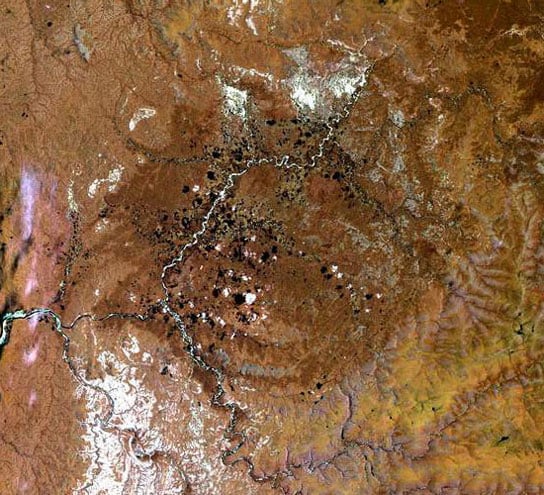The Fascinating World of Rough Diamonds
When it comes to precious stones, few captivate the imagination and allure quite like diamonds. They are not merely glittering baubles but geological marvels, forged under intense pressure and heat deep within the Earth's crust over millions of years. Among the vast array of diamonds, rough diamonds stand out as raw, uncut gems that hold the promise of untold beauty and value.
In recent years, the discovery of extraordinary rough diamonds has captured headlines and sparked intrigue across the globe. One such remarkable find is the Lesedi la Rona, a breathtaking behemoth weighing a staggering 1,109 carats. This colossal gem, unearthed in Botswana, mesmerized the world when it fetched a jaw-dropping $53 million at auction. It reigns as the largest diamond found since 1905, a testament to the enduring allure and value of these precious stones.
But the Lesedi la Rona is not the only gem to dazzle the world with its sheer magnitude and brilliance. In the rugged terrain of Lesotho, nestled high in the Maluti Mountains, lies the renowned Letseng diamond mine. Perched over 10,000 feet above sea level, Letseng holds the distinction of being the highest diamond mine in the world. Despite its lofty perch, Letseng has proven to be a treasure trove of extraordinary gems.
In August 2006, miners at Letseng unearthed a true marvel of nature – the Lesotho Promise. Weighing an impressive 603 carats, this flawless diamond captivated collectors and connoisseurs alike. Its pristine clarity and exquisite quality earned it a place among the world's most coveted gems. The Lesotho Promise fetched a remarkable $12.36 million at auction, underscoring the enduring allure and value of exceptional rough diamonds.
The allure of rough diamonds extends far beyond the confines of Earth, reaching into the vast expanse of the cosmos. In a groundbreaking discovery, astronomers at the Harvard-Smithsonian Center for Astrophysics unveiled a cosmic marvel – BPM 37093, the largest diamond in the galaxy. This colossal gem, nestled within the heart of a burned-out star in the constellation Centaurus, weighs an astonishing 10 billion trillion trillion carats. Dubbed "Lucy" after The Beatles' iconic song, this cosmic diamond epitomizes the awe-inspiring wonders of the universe.
While the allure of rough diamonds may seem boundless, their journey from the depths of the Earth to the heights of human adornment is fraught with challenges and complexities. Mining rough diamonds requires navigating treacherous terrain and overcoming formidable geological obstacles. Yet, for those who dare to venture into the depths, the rewards can be truly extraordinary.
From the frigid tundra of Siberia to the sun-scorched plains of Africa, rough diamonds bear witness to the profound forces that shape our world. They are not merely glittering stones but timeless testaments to the resilience and beauty of the natural world. As we marvel at their brilliance and allure, let us never forget the remarkable journey that transforms rough diamonds into objects of desire and wonder.









